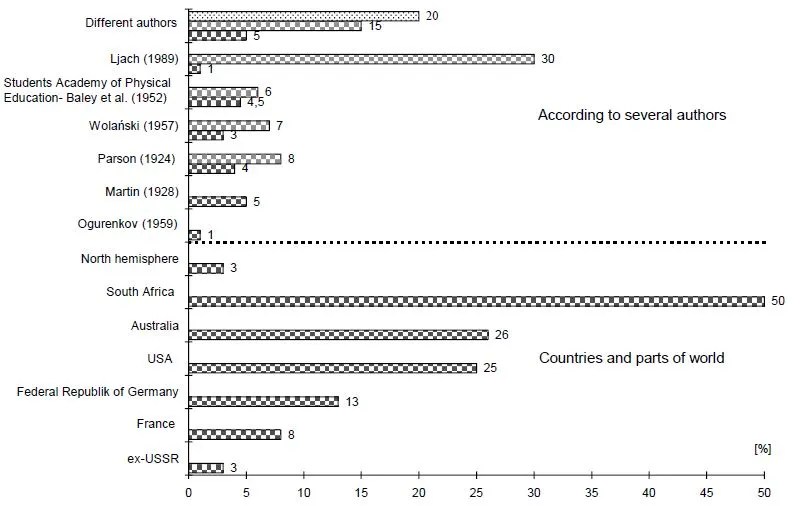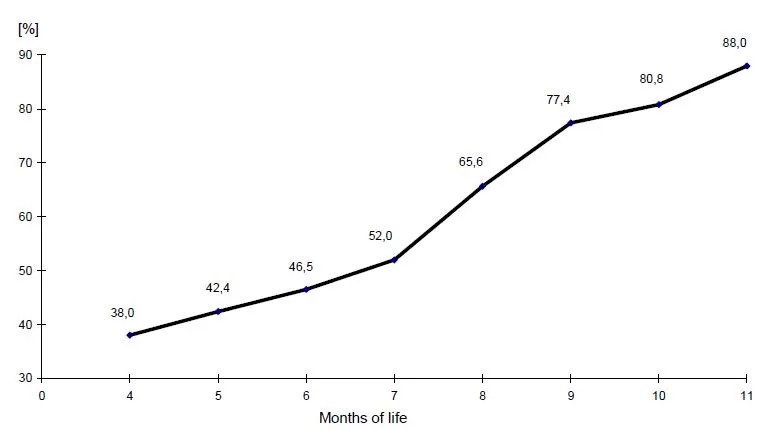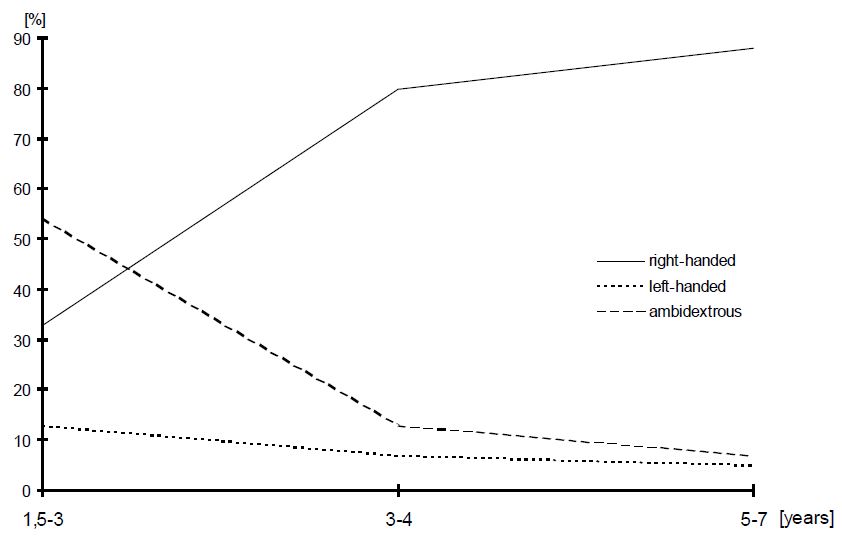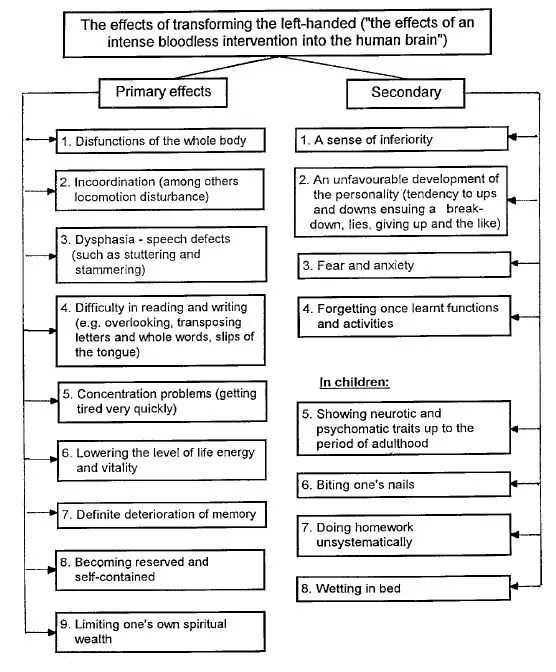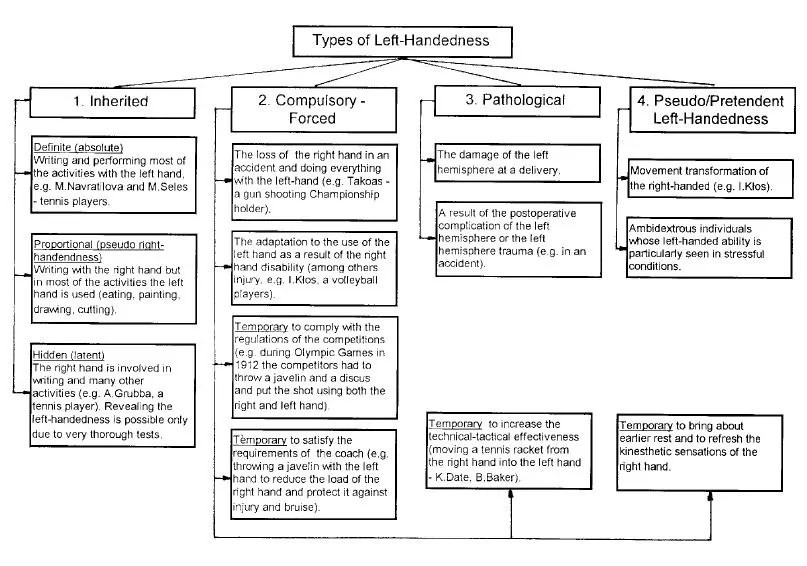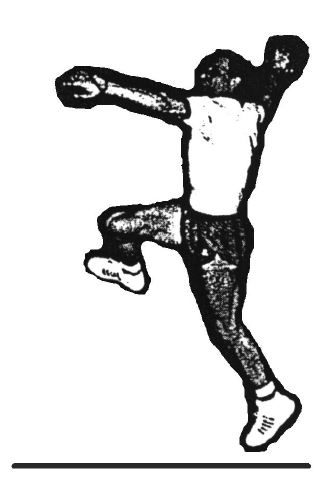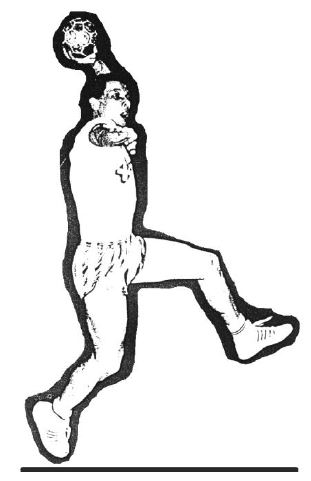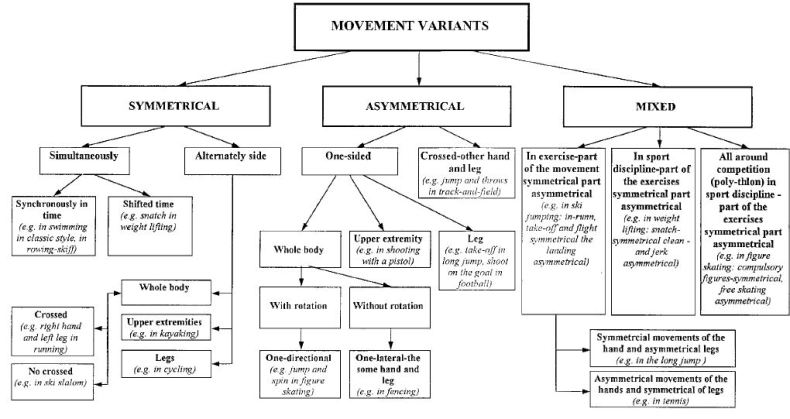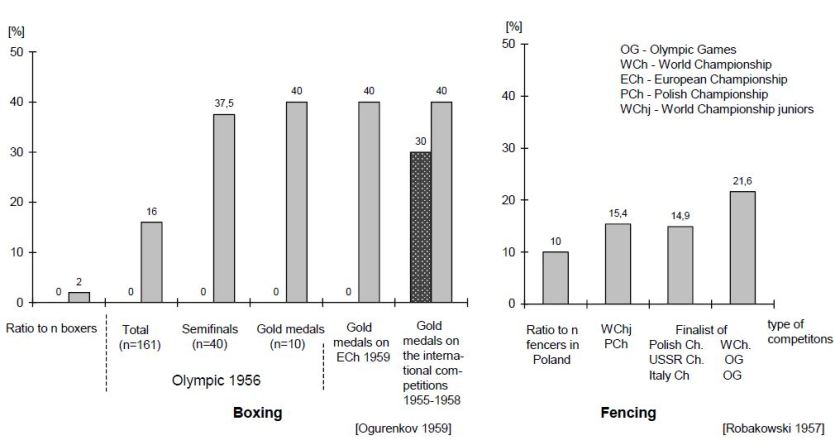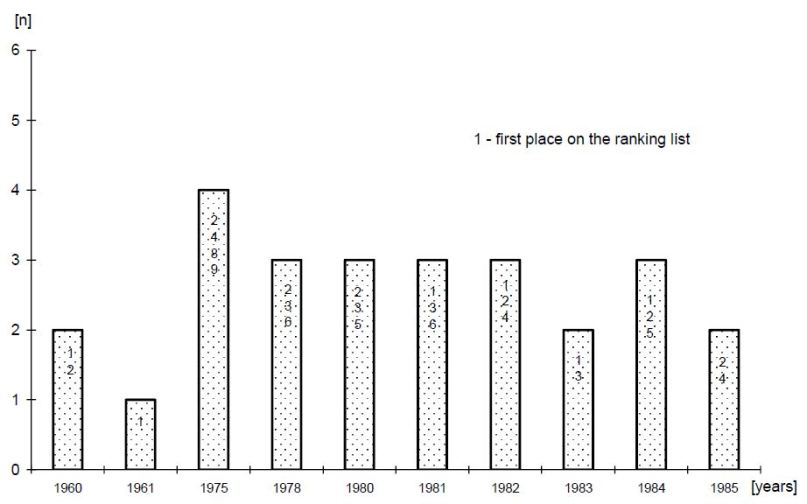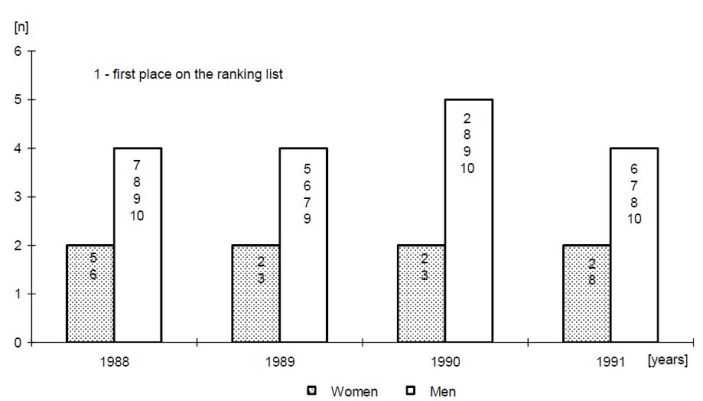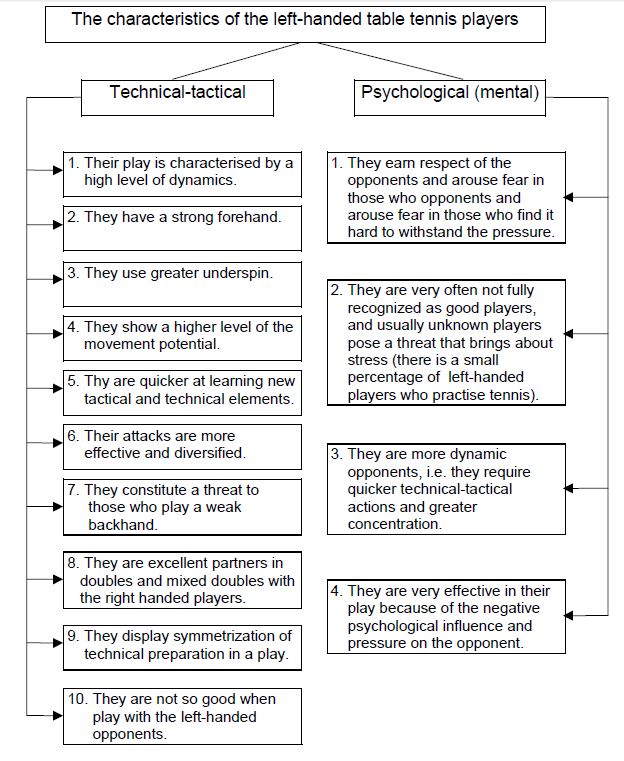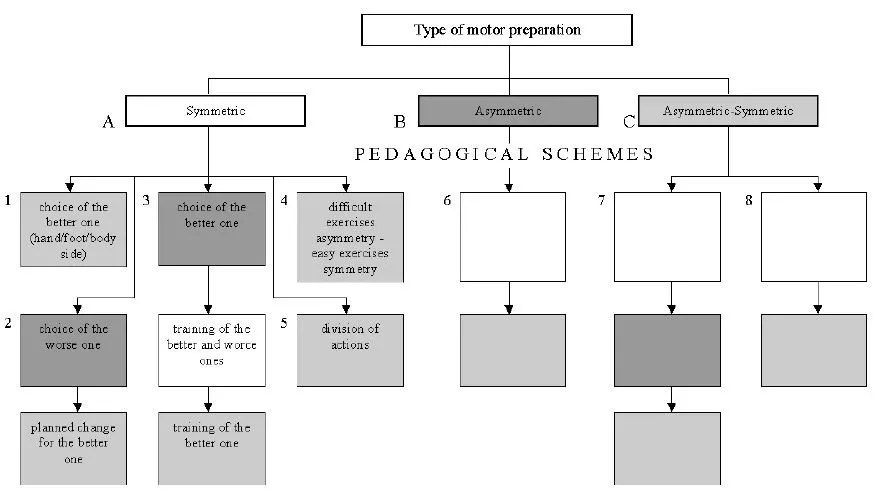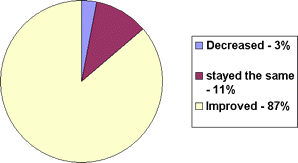Addiction and the College Athlete: The Multiple Addictive Behaviors Questionnaire (MABQ) with College Athletes
INTRODUCTION
Addiction is a complex behavior and a major health problem in America (American Psychiatric Association, 2000). Schaef (1987) defines addiction as an insidious process that we are powerless to control, propelling us to act in ways contrary to our values and beliefs and may progress to obsession and maladaptive action. Persons with addictive behaviors are at high risk for affective disorders, criminal behavior, ethical misconduct, absenteeism, and problematic relationships (American Psychiatric Association, 2000; Weiss, 1999). Collegiate student-athletes are thought to be at an even higher risk for academic and socially problematic behaviors than their nonathletic peer cohort (FindLaw, 2002; National Collegiate Association Drug Education Committee, 2001).
Problematic behaviors such as alcohol abuse, steroid use, pathological gambling, weight control behavior, and exercise addition are common maladaptive behaviors within the athletic population at all ages and levels of sport. The media continues to highlight professional athletes who, as a result of maladaptive behaviors, have serious health conditions, relationship problems, or a decline in athletic performance. Ken Caminiti, 1996 MVP in baseball, career was cut short as a result of extensive steroid use; Pete Rose’s gambling problem; or the deaths of Korey Stringer and Rashida Wheeler after consuming ephedra are but a few examples. Sadly though, these athletes serve as role models for youths.
In the most recent NCAA study, 78.3% of the respondents reported using alcohol within the past year and that for most, the problem began in high school (2001). The American Psychiatric Association (2000) reports that 60% of males and 30% of females have had one or more negative event(s) in their lives as a result of alcohol use. The prevalence of eating disorders is significant among female athletes (Kirk, Singh & Getz, 2001). Although both men and women do not meet the diagnostic criteria for an eating disorder
as delineated in the DSM-IV-TR, there appears to be a large percentage of female athletes (Overdoff & Gill, 1994) and a growing number of males (Pope, Phillips, & Olivardia, 2000) with subclinical eating
problems. Studies report between 15% and 62% of college women engage in problematic weight control behaviors (Berry & Howe, 2000). The weight control methods used include: overuse of laxatives and diuretics, excessive exercise, and self-induced vomiting. (Pope, Phillips, & Olivardia,
2000).
Gambling in athletics is also a major concern. Sports wagering, beginning in high school and increasing in college is done by 50% of student-athletes (Engwall, Hunter, & Steinberg, 2003
showed evidence of pathological gambling behavior. Gambling activities in sport include: playing cards for money, wagering on sporting events, playing the lottery, and casino betting (Miller, Adams, Kraus, Clayton, Miller, Anderson, & Ogilvie, 2001).
Not all addictive behaviors involve ingesting a substance. Like gambling, excessive exercise is a process whereby the individual engages in excessive activity or series of actions or interactions (Schaef, 1987). Distance running is a common addiction sometimes referred to as a negative addiction (Hailey & Bailey, 1982). Process addictions, like gambling and exercise, meet the basic criteria of an addiction: powerlessness to stop at will, have harmful consequences, unmanageability in other areas of life, escalation of use, and withdrawal upon quitting (Kasl, 1989). In addition to the possibility of having multiple or cross addictions, many athletes meet the criteria for a dual diagnosis, that is, have a clinical depression along with a substance abuse or gambling addiction (Miller, Adams, Kraus, Clayton, Miller, Anderson, & Ogilvie, 2001).
The purpose of this study was to measure five addictive behaviors on two levels: problematic and clinically diagnostic. The addictive behaviors targeted for this study included: gambling, drug abuse, disordered eating, exercise addiction, and alcohol abuse. These five variables were chosen upon careful review of the literature as to which behaviors would be most associated with collegiate student-athletes.
METHODS
Subjects
The study consisted of ninety-nine male and eighty-six female Division III college athletes (N=185) between 18 and 23 years of age, primarily Caucasian (92.4%), middle class student-athletes from a mid-size New England college. Ninety-two percent of the participants lived on or near the campus. There was a fairly equal distribution of student by year: freshman (34.1%), sophomore (27.0%), junior (25.9%), and senior (23.0%).
Students reported the following distribution overall out of 4.00 G.P.A.: 2.0-2.49 (35.7%), 2.5-2.99 (33.5%). 3.0-3.49 (23.2%), and 3.5-4.0 (5.9%). The participants were selected from twelve teams: baseball, football, field hockey, lacrosse, softball, volleyball, men’s and women’s soccer, basketball, and swimming. Participation was voluntary with written consent. The Committee for Use of Human Subjects approved this study and informed consent was obtained from all participants.
Testing Procedure
A survey instrument, The Multiple Addictive Behaviors Questionnaire (MABQ) (Bacon & Lee, 1997) was developed to measure five addictive behaviors: gambling, substance abuse, disordered eating, exercise, and alcohol abuse. The MAGS-7 (Shaffer, LaBrie, ScanLan, & Cummings, 1994) was used in full to assess the student-athletes’ gambling behaviors. Benyo’s (1990) Exercise Addiction Questionnaire and Rudy and Estok’s (1989) Running Addiction Scale provided guidance for the development of questions for the exercise variable. All other questions were derived from the diagnostic criteria for the remaining variables (substance, alcohol, and eating) as outlined in the DSM IV-TR (American Psychiatric Association, 2000). The MABQ was designed to measure both problematic and clinically diagnostic levels for each of the five addictive behaviors as well as obtain demographic data. The instrument contained thirty-five questions having both forced choice and Likert-type scale questions which are cumulative for each of the five addictive behaviors measured: gambling, substance abuse, disordered eating, exercise, and alcohol abuse.
Results
The data revealed large numbers of athletes who self-reported as meeting the problematic or diagnostic criteria for one or more addictive behavior. Not surprisingly, the data in the problematic category shows that exercise addiction was the largest category and substance abuse the smallest. In the diagnostic category, the highest frequency was with gambling, with 15. 1 % of students reported pathological addiction to this activity.
The low incidence of substance use reported might be due in part to NCAA regulations that prohibit and penalize collegiate student-athletes who have been found to engage in recreational and/or controlled substances.
To assess the interrelationships among addictive behaviors patterns (i.e., multiple addictive behaviors) reported on The MABQ, a principle components factor analysis with a varimax rotation was done. The analysis revealed two factors (clusters) of addictive behaviors. The first factor accounted for 44.54 % of the variance and consisted of substance abuse, gambling and alcohol. The second factor accounted for 26.74% of the variance and consisted of eating and exercise. Five T-tests were performed to examine gender differences among the addictive behavior patterns (Table 3). Females reported a significantly higher (p=.00l) prevalence of disordered eating; males reported a significantly higher (p=.02) prevalence of substance abuse. Although males reported a higher level of gambling behaviors, this result only approached significance (p=.07) suggesting that problematic gambling with female college athletes is a notable concern. There were no significant gender differences on the other subscales.
DISCUSSION
These findings are consistent with other research studies (Shaffer, 1997; National Collegiate Association Drug Education Committee, 2001) where investigators have reported growing numbers of college athletes exhibiting addictive behaviors. When data were examined in light of gender differences, two patterns emerged: male athletes fell into the substance/gambling/alcohol cluster and female athletes fell into the eating/exercise cluster. The cluster patterns were similar to those suggested by Shaffer (1994). The increase in disordered eating with males is consistent with the findings of recent research investigating body image disorders with athletes and physically active males (Pope, Phillips, and Olivardia 2000).
Interestingly, earlier research shows gambling to be found primarily among male athletes. Gambling appears to be on the rise for female athletes – although a closer look at individual responses revealed women to be engaging in different gambling activities (e.g. scratch tickets). It is well documented in the literature that there is a high correlation between disordered eating and substance/alcohol abuse (Walsh, & Garner, 1997; Krahn, 1991). In this study, disordered eating correlated with excessive exercise, but not with drugs or alcohol, for female athletes. This brings into question the idea of volitional intent or choice. In one study, Martin (1998) found significantly less alcohol use in-season than out-of-season periods among NCAA Division I female basketball, softball, and volleyball players.
Collegiate student-athletes are unique and face different challenges than their non-athlete peers (Engwall, Hunter, & Steinberg, 2003; Weiss, 1999). The sport environment is complex with student-athletes having
to negotiate a unique set of challenges: succeeding at both academics and athletics, issues related to time management, stress related to the pressures of their sport, peer pressure regarding recreational activities
including drug and alcohol use, and having to cope with the traditional developmental tasks typical of their peer group (Etzel, Ferrante, & Pinkney, 1991). Athletic department staff and Counseling Center practitioners are faced with developing and implementing appropriate and successful intervention strategies to address the special needs of this population.
Collegiate athletes report lecture style education programs to be noneffective (Martin, 1998). Further study is needed to better understand addictive behaviors and to determine the most effective interventions for college athletes.
One limitation worth noting is the use of a newly developed instrument that is currently being tested for validity and reliability (Bacon & Russell, 2003). All study findings must be reviewed with caution. The
MAGS-7 (Shaffer, LaBrie, Scanlan & Cummings, 1994) has been found to be both valid and reliable; therefore, the gambling subscale, including the problematic and clinically diagnostic levels can be given the most credence. The MABQ (Bacon & Lee, 1994) is undergoing extensive field-testing to establish concurrent criterion related validity for all five variables and content validity for the subset of questions that address each behavior.
Acknowledgment
This study was funded by a grant from the Center for the Advancement of Research and Teaching at Bridgewater State College.
References
- Ajar, B. (January 1999). New pieces filling in addiction puzzle.
American Psychological Association Monitor, 30(1), 1, 15. - American Psychiatric Association. (2000). Diagnostic and statistical
manual of mental disorders, (4th ed., TR) Washington, DC: Author. - Bacon, V.L. & Lee, K. (1997). The Multiple Addictive Behaviors Questionnaire
– (MABQ). Unpublished instrument. - Bacon, V.L. & Russell, P.J. (2003, Feb). Multiple Addictive Behaviors
Questionnaire (MABQ) Validation Bridgewater, MA.: Bridgewater State
College. - Benyo, R. (1990). The exercisers. Champaign, IL: Leisure Press.
- Berry, T.R. & Howe, B.L. (2000, Sept). Risk factors for disordered
eating in female university athletes. Journal of Sport Behavior, 23(3),
207-219. - Engwall, D., Hunter, R., & Steinberg, M. (2003). Gambling and other
risky behaviors on university campuses. Retrieved on May 26, 2003 from
http://www.ncaa.org/ConnecticutGamblingStudy.pdf. - Estok, P. & Rudy, E. (1986). Physical, psychosocial, menstrual changes/risks
and addictions in female marathon and nonmarathon runners. Health Care
of Women International, 7, 187-202. - Etzel, E.F., Ferrante, A.P. & Pinkney, J.W. (Eds.). (1991). Counseling
college student-athletes: Issues and interventions. Morgantown, WV:
Fitness Information Technology Inc. - Fitch, T.J. & Robinson, C.R. (1998, Nov/Dec). Counseling and development
interventions with college athletes: A proposed model. Journal of College
Student Development, 39(6), 623-627. - FindLaw (2002). Drugs in sports. Retrieved April 11, 2003, from http://fndlaw.com/legalnews/sports/drugs/index.html.
- Hailey, .J. & Bailey, L.A (1982). Negative addiction in runners: A
quantitative approach. Journal of Sport Behavior, 5, 150-154. - Joy, E., Clark, N., Ireland, M.L Martire, J., Nattiv, A., & Varechok,
S. (1997, April). Team management of the female triad. The Physician
and Sportsmedicine, 25(4), 55-69. - Kasl, C.D. (1989). Women, sex, and addiction. NY: Harper and Row Publishers.
- Kirk, G., Singh, K., & Getz, H. (2001, Fall). Risk of eating disorders
among female college athletes and nonathletes Journal of College Counseling,
4(2), 122-133. - Krahn, D.D. (1991). The relationship of eating disorders and substance
abuse. - Journal of Substance Abuse, 3, 239-253.
- Lesieur, H.R., (1991, Summer). Black and white college students equally
bitten by the gambling bug. Journal of Blacks in Higher Education, (8),
83. - Martin, M. (1998, April/June). The use of alcohol among NCAA Division
I female college basketballs softball and volleyball athletes. Journal
of Athletic Training, 33(2), 163-167. - Miller, Adams, Kraus, Clayton, Miller, Anderson, & Ogilvie (2001).
Gambling as an addictive disorder among athletes. Clinical Issues in
Sports Medicine, 31(3), 145-152. - National Collegiate Athletic Association. (2001). NCAA study of substance
use habits of college student-athletes. http://www.ncaa.org. - Overdorf, V.G. & Gill, K. S. (1994). Body image weight and eating
concerns, and use of weight control methods among high school female
athletes. Women in Sport and Physical Activity Journal, 3(2), 69-79. - Pope, H.G., Phillips, K.A., Olivardia, R. (2000). The Adonis complex..
How to identify, treat, and prevent body obsession in men and boys.
NY: Simon & Schuster. - Schaef A.W. (1987). When society becomes an addict. San Francisco,
CA: Harper and Row. - Shaffer, H.J., LaBrie, R. Scanlan, K.M. & Cummings, T.N. (1994, Winter).
- Pathological gambling among adolescents: Massachusetts Gambling Screen
(MAGS). - Journal of Gambling Studies, 10(4), 339-362.
- Walsh, B.T. & Garners D.M. (1997). Diagnostic issues. In D.M. Garner
and P.E. - Garfinkel, Handbook of treatment for eating disorders, 2nd ed, pp.
25-33. NY: The Guilford Press. - Weiss, S.M. (1999, May). A comparison of maladaptive behaviors of
athletes and nonathletes. Journal of Psychology, 133(3), 315-323.

